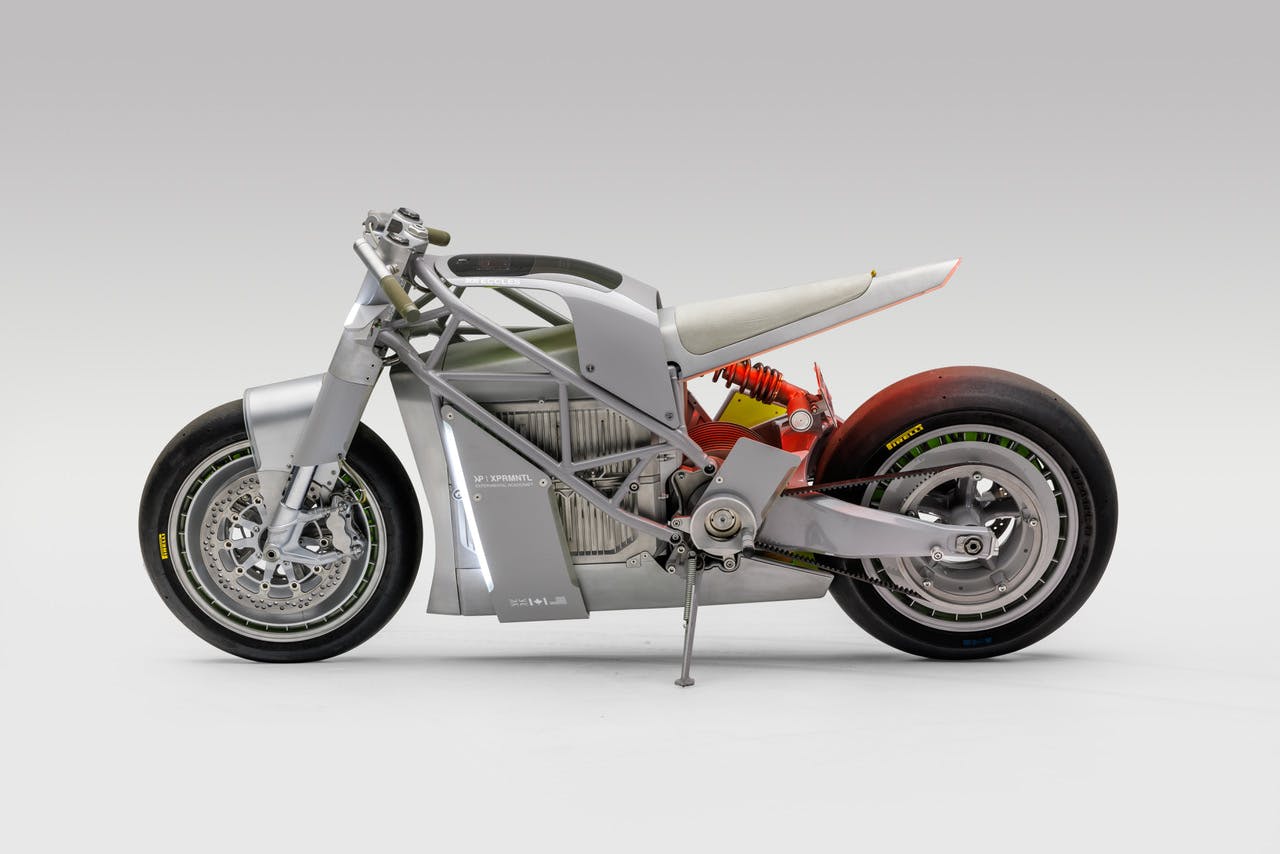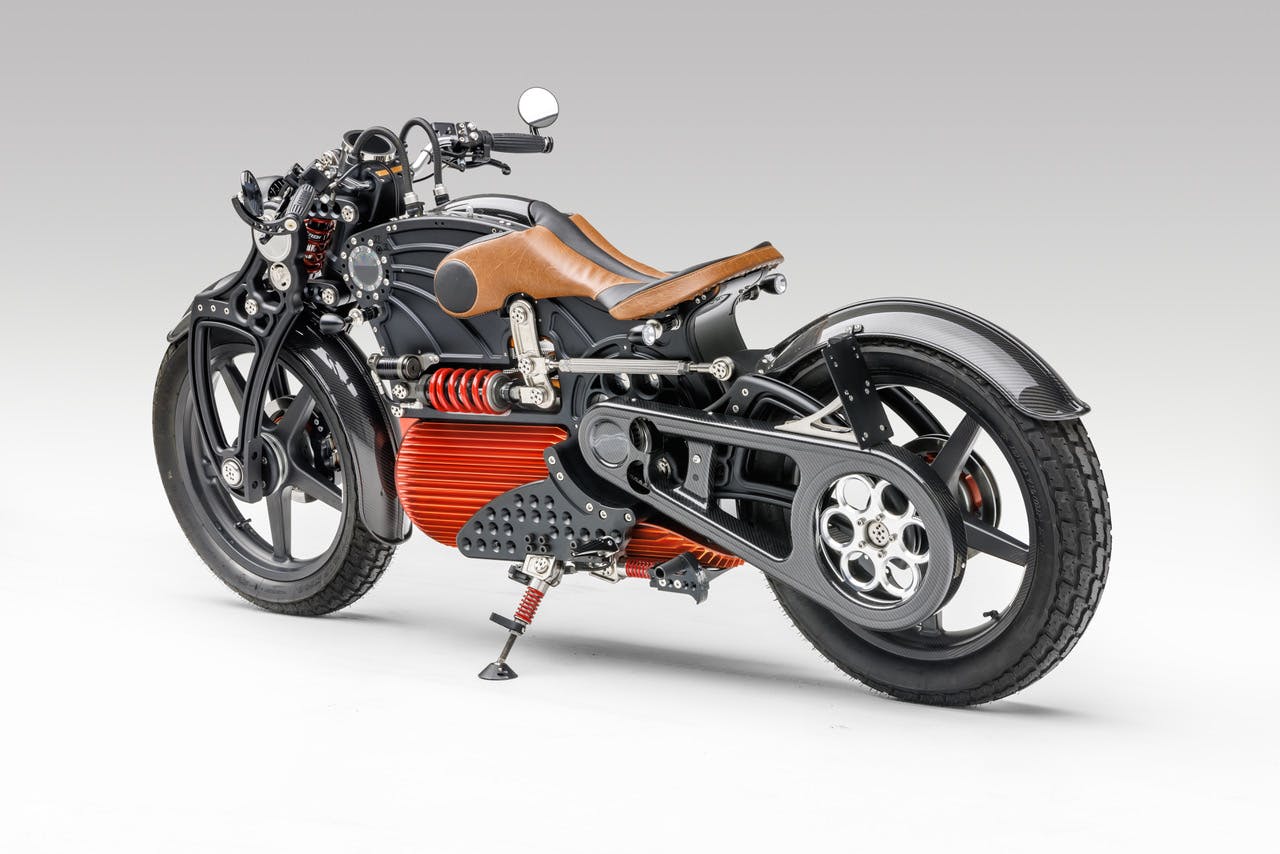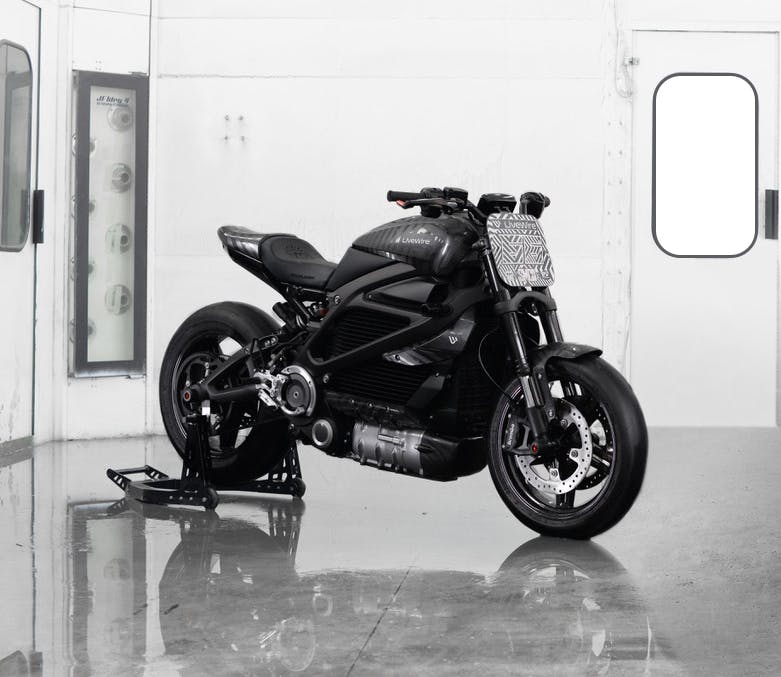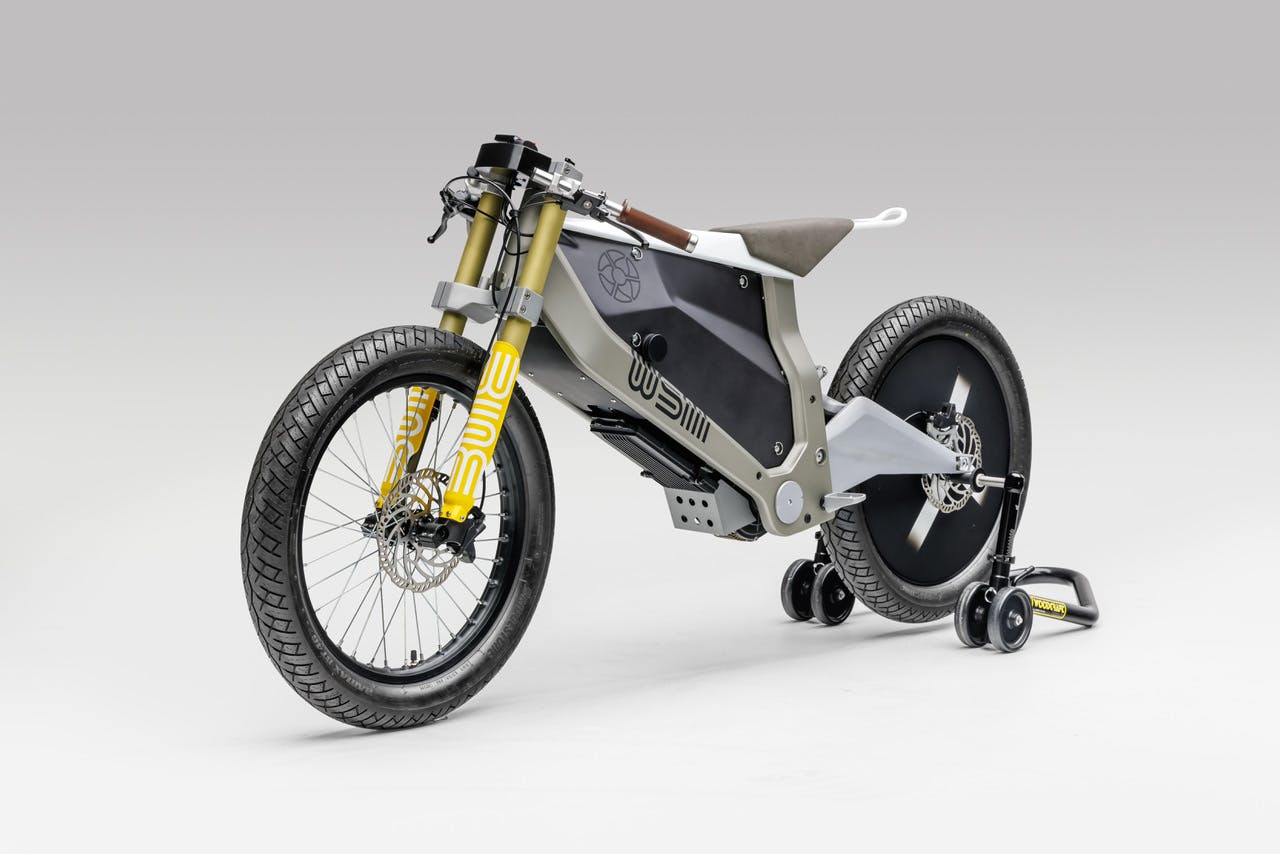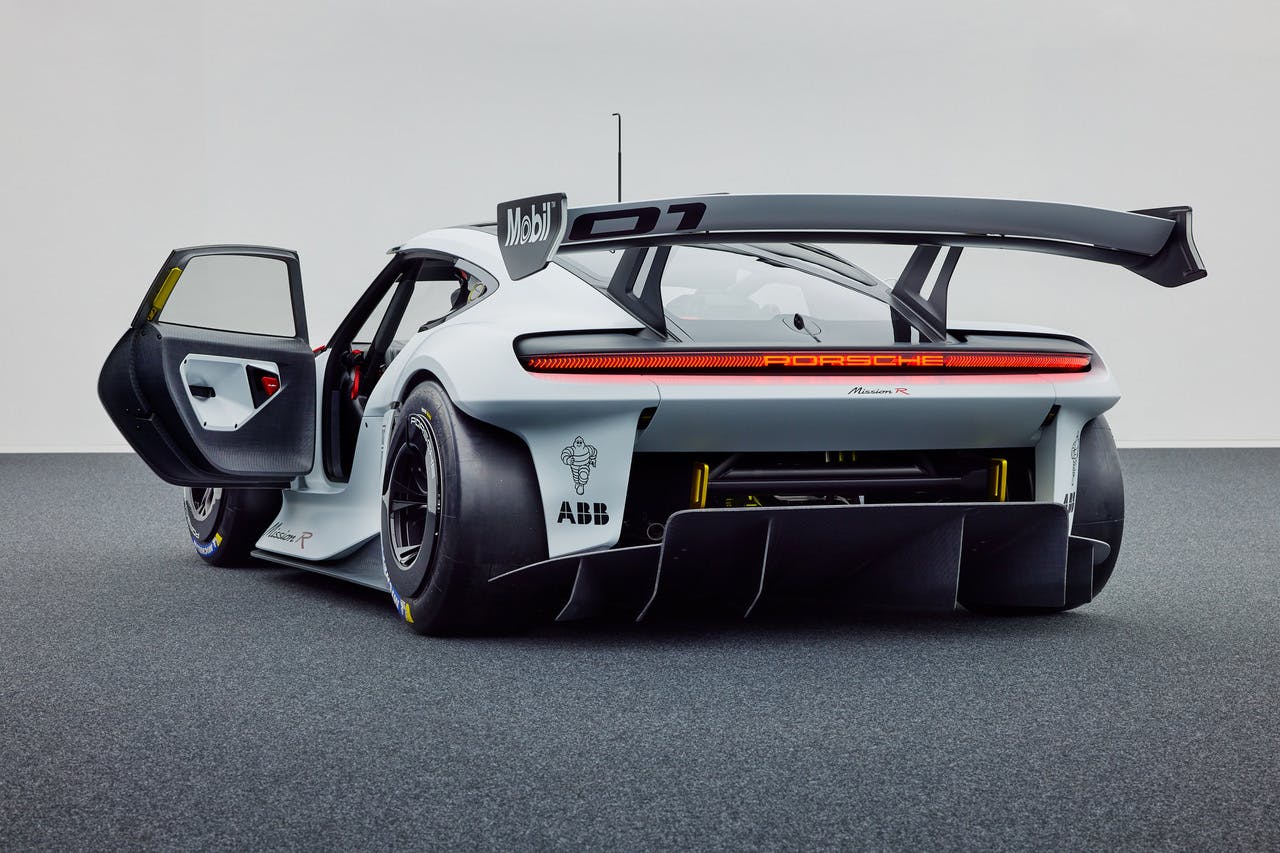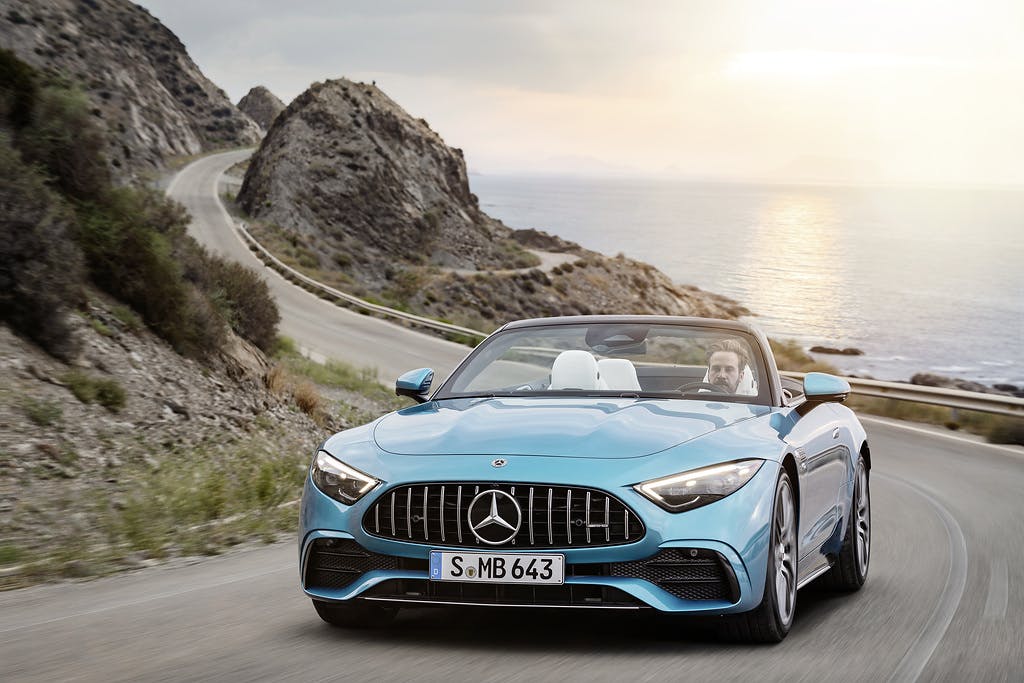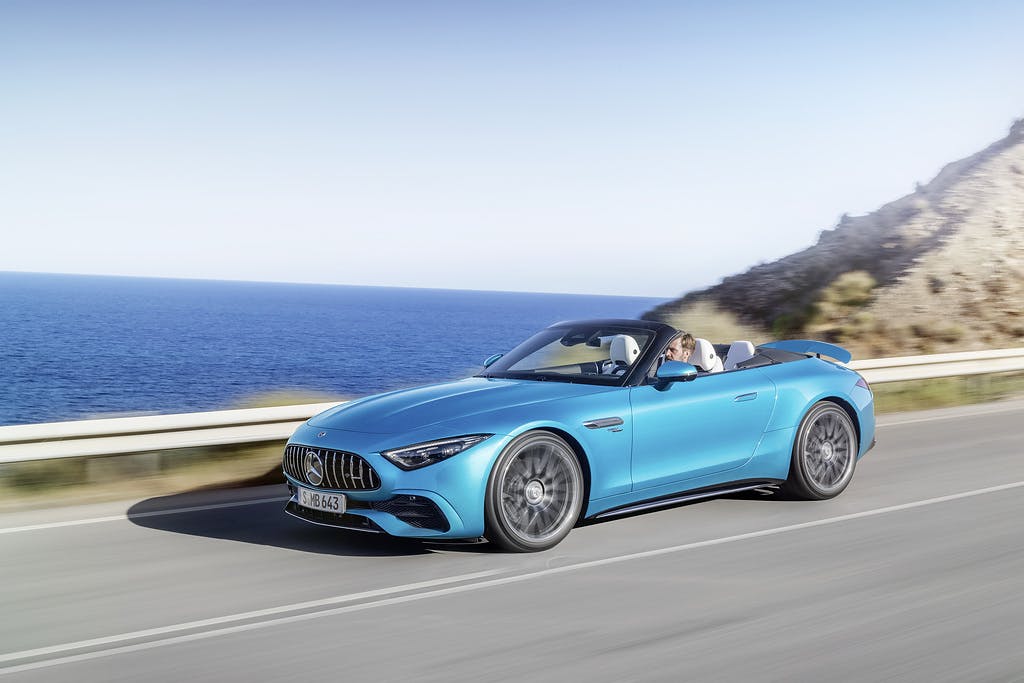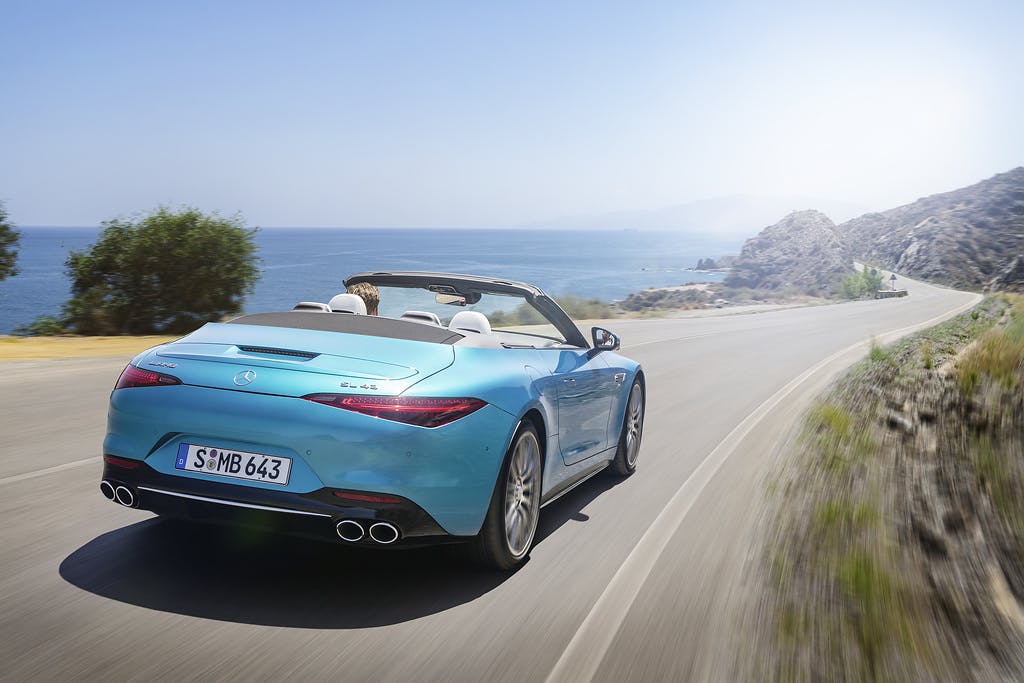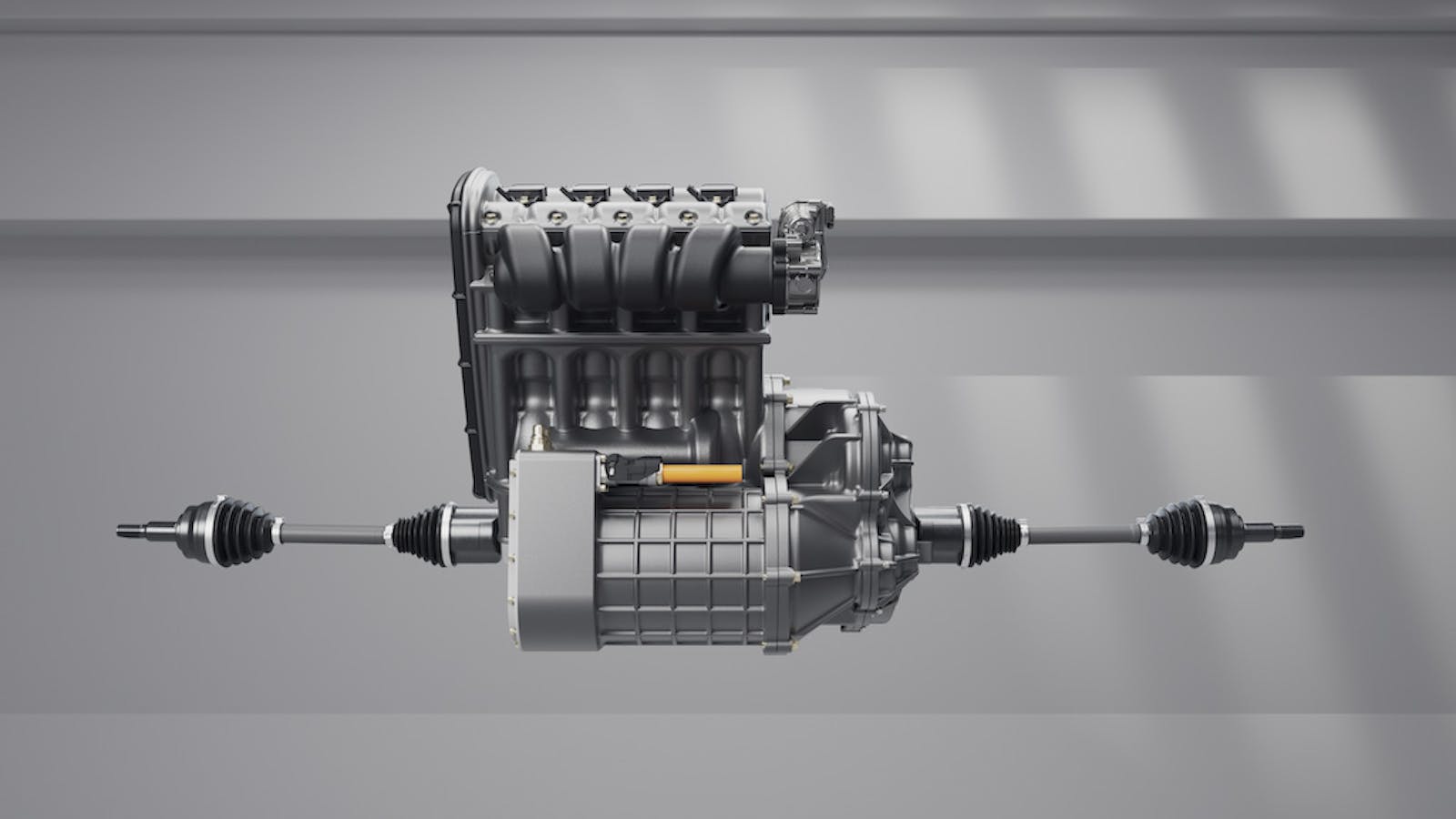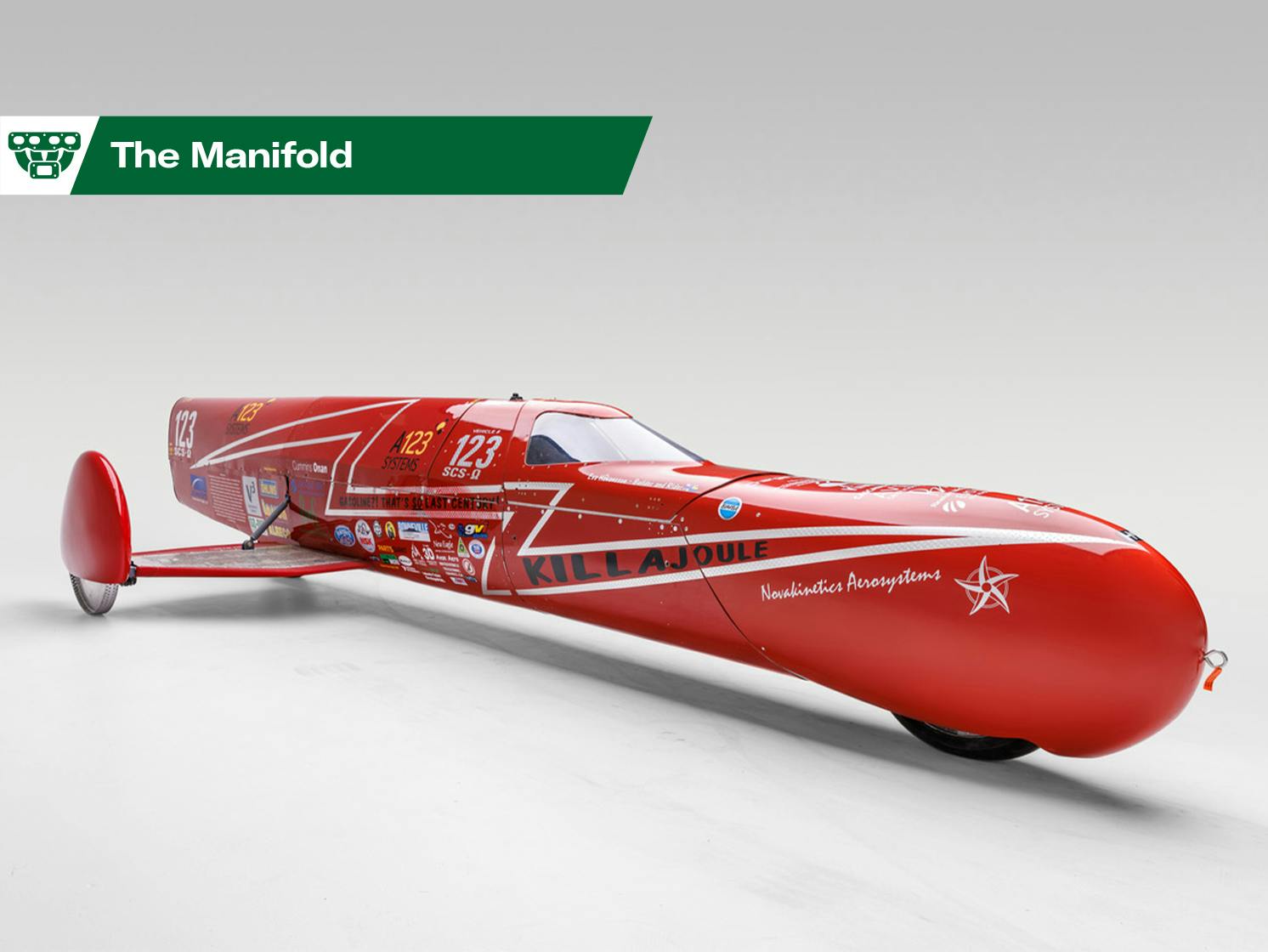Media | Articles
World’s fastest “motorcycle” heads west, carbon-fiber from flax, first four-pot SL since ’55
240-mph “KillaJoule,” custom electric Harley descend on L.A.
Intake: Electric motorcycles are getting lots of attention these days, but that doesn’t mean they are a novelty. A new exhibit at Los Angeles’ Petersen Museum opens to the public Thursday, April 14, and will feature “the most innovative electric motorcycles ever made by cutting-edge designers.” A few notable inclusions are the 500-hp, home-built “KillaJoule,” driven by Eva Håkansson to 240.7 mph in 2014. The feat made her the fastest woman on an electric motorcycle, though the rig’s third wheel—necessary for stability—technically classifies it as a “sidecar streamliner.” Håkansson’s KillaJoule will be joined by “The One,” a six-figure, retro-futuristic design from Curtiss Motorcycles making its worldwide debut in L.A. There’s even a “Solar Scooter” built entirely from salvaged and recycled materials. April’s exhibit marks the second time electric motorcycles have been featured at this museum, with their first en-masse appearance occurring back in 2019.
Exhaust: The history of electric motorcycles traces back to two-wheeler’s very earliest days. For both customizers and manufactures alike, an electric machine gives a lot of leeway for customization and design. (Though in KillaJoule’s case, the necessity of a third wheel for stability at highspeeds classified it as a “sidecar streamliner” and not a bike.) This freedom, combined with ever-improving battery and motor technology means electric bikes are a package that go as well as they show. The Petersen’s latest exhibit will highlight both ends of the spectrum well.
Mitsubishi’s smallest SUVs gains standard AWD for 2023
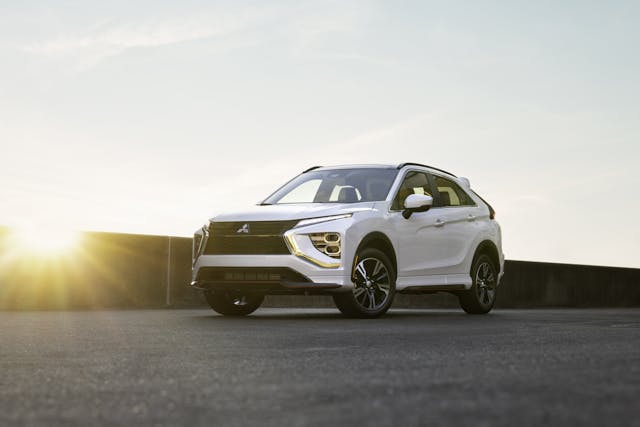
Intake: A year after receiving its first facelift (in 2022), Mitsubishi’s compact SUV is getting another round of upgrades for 2023, its sixth year on the market. In addition to aesthetic tweaks such as a new 18-inch wheel design and now-standard LED head- and fog lights, there’s a significant mechanical upgrade: All-wheel drive is now standard, even on the $27,090 base ES model (price includes destination). The deal gets sweeter thanks to another collection of standard equipment: lane-departure alert and forward-collision warning. The 2023 MY Eclipse Cross will cost $800 more than its 2022 sibling, but consider that adding AWD to a 2022 model, which comes standard with front-wheel drive, costs nearly $1600. Not a bad deal, with the extra aesthetic kit.
Exhaust: Though the Eclipse Cross doesn’t beat its competitors on speed or fuel efficiency, we found the 2022 model to be a delightfully weird, well-built offering in a notoriously bland segment. The 2023 MY updates should make it that much more compelling, especially for buyers who regularly deal with slush and snow.
VW is cutting combustion cars and driving upmarket

Intake: Volkswagen is to axe 60 percent of its ICE-powered vehicles by 2030 and shift to selling fewer, but more profitable cars. “The key target is not growth,” VW finance boss Arno Antlitz told the Financial Times. “We are (more focused) on quality and on margins, rather than on volume and market share,” he added. Currently the VW group sells more than 100 models across its brands and that number will be dramatically cut to boost the bottom line. Instead of chasing the headline-grabbing world number one status which former CEO Martin Winterkorn wanted the company aims to increase profits without increasing production. “We are not adding capacity: we rework factory by factory,” said Antlitz.
Marketplace
Buy and sell classics with confidence
Exhaust: By 2030 VW will be all-in on electric cars, but don’t expect them to be true “cars of the people” as prices will remain premium even as the cost of battery technology decreases. It’s a strategy being employed throughout the industry as it comes to terms with huge changes in legislation, the global economy and buyers’ habits, as re-iterated by BMW CEO Oliver Zipse who said, “I would like to really emphasize that we are not driving a volume strategy.”
Porsche, Polestar, and BMW are very into carbon-fiber alternatives
Intake: Bcomp, a Swiss materials company exploring alternative materials for carbon fiber components, has closed a Series B funding round of roughly $35M as it seeks to grow its footprint and production scaling capabilities. Among the investors are a handful of automakers interested in the viability of flax-fiber panels as replacements for some of their current carbon-fiber applications. BMW, through its I Ventures investment arm, led the funding and currently uses Bcomp’s ampliTex and powerRibs technologies in motorsports applications from its M4 DTM car to the newly announced BMW M4 GT customer racing car. Volvo used some of Bcomp’s panels in the 2021 Volvo Concept Recharge car, and says it intends to help its subsidiary Polestar adopt the materials tech for most of the interior panels on the forthcoming Polestar 5. Meanwhile, Porsche worked alongside Bcomp to develop the first natural fiber composite motorsport door in 2019, and now uses ampliTex and powerRibs tech in the production of the Cayman 718 GT4 CS MR, as well as the highly anticipated all-electric Mission R concept car.
Exhaust: Bcomp claims that its natural fiber composite tech offers significantly higher vibration damping than carbon-fiber counterparts, and the flax-based panels reduce the risk of sharp shattering, which can make handling broken carbon-fiber bits a dangerous endeavor. The tech is still clearly in a nascent stage, but plant-based alternatives for panels are certainly more environmentally friendly. Volvo has put plant-based textiles into play for some of its higher end models to court more environmentally-conscious consumers, and Bcomp’s tech will likely enable other automakers to pitch a similar appeal in future models.
Will Ferrari 512 BB’s rare, custom front clip be reunited with the car?
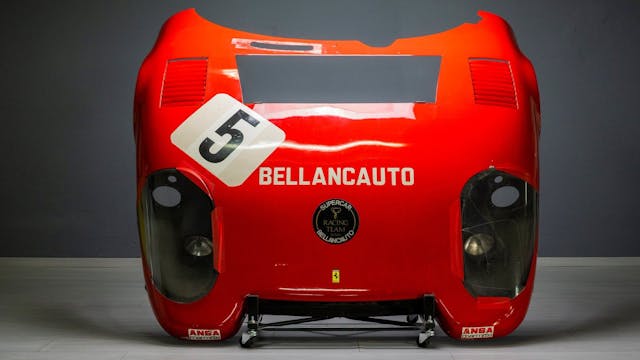
Intake: The 512 BB LM was the endurance-racing version of Ferrari’s road-going, flat-12-powered supercar. While the first series of cars proved unreliable, the second and third series of the BB LM proved themselves worthy. Career highlights included first in the GTX class and fifth overall at the 1981 24 Hours of Le Mans. While most of these race cars were clothed in aerodynamic bodywork developed by Pininfarina, a custom front end was fitted to the second 512 BB LM (chassis #35529) and delivered to Fabrizio Violati’s Scuderia Bellancauto team in Rome. In its racing debut, the car won the IMSA GTX/GTP class at the 1000km of Monza in April 1981 and went on to race in two 24 Hours of Le Mans races, as well as the 1982 6 Hours of Enna-Pergusa, and the 1000km of Mugello. Now, this custom front end is being auctioned by Car & Classic, giving the owner of the car (which was purchased at auction for nearly $2.2 million less than five months ago) an opportunity to reunite the two.
Exhaust: Components of actively campaigned race cars often become scattered and lost to time, so this is a rare opportunity for the Ferrari’s owner to gather another piece of the car’s history. And for someone who can’t quite afford a Le Mans racer, it would make a cool piece of garage art that has some impressive history behind it.
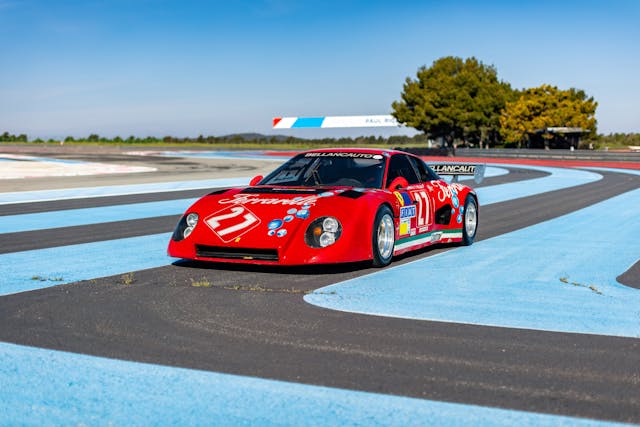
New AMG 43 is the first four-pot SL since the ’50s
Intake: Mercedes-AMG has announced its entry-level SL with half the cylinder count of the SL 55 and SL 63. Not since the 190 SL of 1955 has Mercedes’ roadster been available with less than six cylinders, while buyers from 1992 to 2018 could opt for double that number with a variety of V-12s. The SL 43 will be no slouch, though as Mercedes-AMG has borrowed from its multiple championship-winning F1 team and fitted an electric exhaust gas turbocharger to the two-liter engine, which is a world first for a production car. Driven by a 48-volt mild-hybrid electrical system the e-turbo can spin at up to 170,000 rpm and provides a rapid throttle response and plenty of low down torque. Between 3250 rpm and 5000 rpm there’s 354 lb-ft of twist, and maximum power is 381 hp at 6750 rpm. A further 14 hp boost is available from the car’s integrated starter generator. Drive is to the rear wheels through a nine-speed auto transmission with a wet start-off clutch. Off the line the SL 43 will reach 62 mph in 4.9 seconds and its top speed is 171 mph. Prices will be announced nearer to its U.S. launch date.
Exhaust: The SL has a history of an early adoption when it comes to technology. The 300SL of 1954 was the first production car with direct gasoline injection, so it’s reassuring to see the new AMG SL43 carrying on the tech tradition.

